Food Safety
1 in 6 Americans get sick each year from foodborne disease. While much of the responsibility for preventing these infections lies with those handling and preparing food, we also need to develop systems that reduce the levels of these pathogen in food products in the first place. A big part of this requires a better understanding of how these pathogens come to colonize and survive in and on our food. Our group is currently working to understand the complex relationship between Salmonella and poultry with the ultimate goal of developing systems that promote the chicken's ability to resist Salmonella and thereby reduce the risk to the consumer.
Host and environmental factors that influence Salmonella survival
Salmonella enterica serovars Typhimurium (S. Typhimurium) and Enteritidis (S. Enteritidis) historically have been commonly associated with foodborne disease linked to eating poultry products. Curiously, these strains that are clearly pathogenic in people do not cause any obvious disease in chickens or turkeys. Why is that? Is the chicken immune system better equipped to deal with these bacteria? There are strains of Salmonella that do cause serious disease in chickens (S. Gallinarum and S. Pullorum) but these bacteria do not cause disease in people. So is there something about how these different species of Salmonella have evolved that make them more or less suited to infect and survive in one host or another? What could these factors be? Looking at humans and chickens specifically there are lots of physiological differences, but one of the most elemental is temperature. The core body temperature of humans is 37°C while the chicken body temperature is between 41°C and 42°C. Could something as simple as body temperature explain why chickens don't care about the strains of Salmonella that make us sick?
We've found that the expression of the Salmonellapathogenicity island 1 (SPI-1) is significantly decreased when Salmonella is cultured at 42°C. The genes found in SPI-1 are known to be critical for Salmonella's ability to cross the through the cells of the gut and invade the liver and spleen. The inability to express the SPI-1 complex that allows for invasion at 42°C appears to be related to a temperature specific disregulation of the transcription factor hilD. Understanding how temperature affects hilD function will help us better understand the difference in pathological phenotype S. Typhimurium and S. Enteritidis demonstrate in mammals and birds.
THE ROLE OF THE INTESTINAL MICROBIOTA IN PREVENTING SALMONELLA COLONIZATION.
Many laboratories, including ours, are developing and exploring the use of anti-Salmonella vaccines to be used in chickens, it's unclear how effective these might be. Since the strains of Salmonella associated with foodborne disease doesn't cause a disease in poultry there is little reason for the chicken immune system to mount a vigorous response against it. Vaccines will certainly play a role in protecting the consumer from Salmonella contaminated poultry we need to be exploring other options as well.
The intestines of animals are complex ecosystems filled with trillions of microorganisms. These microbes are in a fierce competition for space, food, and other resources. They have been fighting with each other and evolving for millions of years. Perhaps we can use this to our advantage. We currently have several projects where we are looking at ways to use probiotics, prebiotics, or combinations of the two, to promote the growth of bacterial populations in the chicken intestine that produce factors or environmental conditions that are not favorable for Salmonella. Understanding the complex ecologies of the intestine of any animal is difficult, and there is less known about the bacteria that live in the chicken gut as compared to other animals (like humans) but so far our data suggests that yes, we can make changes to the chicken microbiome that influences Salmonella's ability to persist. Exactly what these factor are and how best to deploy them is still a major focus area for our group.
Related Publications
Azcarate-Peril MA, Butz N, Cadenas MB, Koci M, Ballou A, Mendoza M, Ali R, Hassan H. An Attenuated Salmonella enterica Serovar Typhimurium Strain and Galacto-Oligosaccharides Accelerate Clearance of Salmonella Infections in Poultry through Modifications to the Gut Microbiome. Appl Environ Microbiol. 2018 Feb 14;84(5). pii: e02526-17. doi: 10.1128/AEM.02526-17. PubMed PMID: 29269490; PubMed Central PMCID: PMC5812947
Hughes R-A, Ali RA, Mendoza M, Hassan HM, Koci MD. Prebiotic-mediated changes to the microbiome alters host mucosal gene expression: possible approach to control Salmonella in poultry. Front. Vet. Sci., 13 November 2017 https://doi.org/10.3389/fvets.2017.00192
AL Ballou, RA Ali, MA Mendoza, JC Ellis, HM Hassan, WJ Croom, MD Koci. Development of the Chick Microbiome: How Early Exposure Influences Future Microbial Diversity. Front Vet Sci 3:2. (2016) DOI: 10.3389/fvets.2016.00002.
B Troxell, N Petri, C Daron, R Pereira, M Mendoza, HM Hassan, MD Koci. 2015. Poultry body temperature contributes to invasion control through reduced expression of Salmonella pathogenicity island 1 genes in Salmonella enterica serovars Typhimurium and Enteritidis. Appl Environ Microbiol 81:8192–8201. doi:10.1128/AEM.02622-15.

